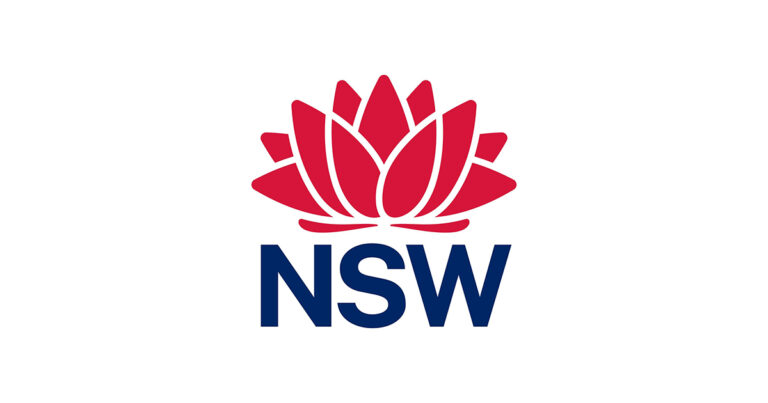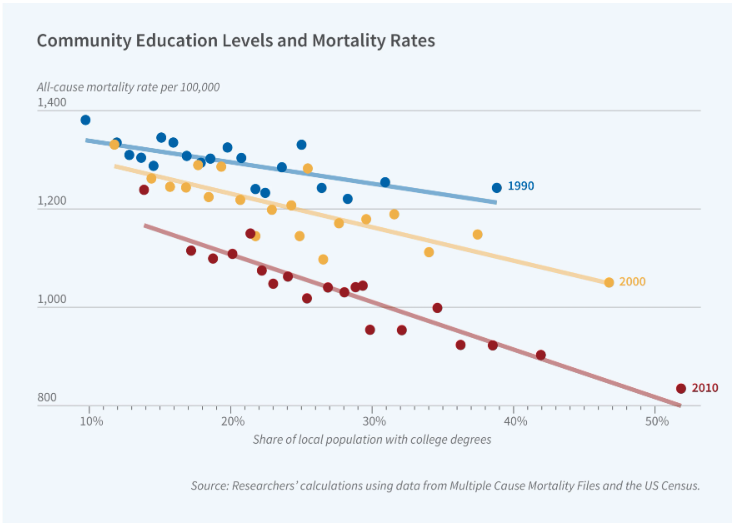Ah, election season! That wonderful time when politicians grace us with grand plans to solve America’s biggest problems. Last week, Kamala Harris released her “Medicare at Home” proposal, focused on expanding Medicare to cover in-home care for seniors. On the surface, it sounds positively delightful – who wouldn’t want to help dear grandma avoid the nursing home? But as is often the case with these sweeping government proposals, the devil is in the details.
Let’s start with the obvious: this plan claims to be a boon for the “sandwich generation” – those stressed-out souls juggling the care of both their children and aging parents. By 2030, all baby boomers will be over 65, making up 21% of the population. Already, a whopping 53 million Americans provide unpaid care for loved ones. As someone who’s personally navigated this precarious balancing act, I can certainly sympathize. But color me skeptical that simply expanding Medicare is a magic bullet.
For one thing, this proposal reeks of the kind of top-down, one-size-fits-all approach that has plagued American healthcare for decades. Harris emphasizes that this would be an expansion of Medicare rather than Medicaid, in order to allow it to coexist with private insurance. But let’s be real – once the government gets its tentacles into a sector of healthcare, private options tend to wither on the vine.
And who stands to benefit most from this arrangement? I’ll give you a hint: it’s not small, innovative home care startups or independent caregivers. No, the real winners here are likely to be the large home care agencies that already dominate the market. These behemoths have the infrastructure and lobbying power to navigate the byzantine world of Medicare bureaucracy. Smaller players? Not so much.
Now, I’m not saying Harris and her team are intentionally trying to line the pockets of Big Home Care. But intentions and outcomes are two very different beasts. By funneling more demand into a system that’s already strained, we risk driving up costs and wait times for everyone. It’s basic economics, folks.
Speaking of economics, let’s talk about how Harris plans to pay for this little adventure. The answer, unsurprisingly, involves expanding drug price negotiations and other reforms to squeeze more money out of pharmaceutical companies. Because apparently, we haven’t learned our lesson about the unintended consequences of government price controls in healthcare.
But here’s the kicker: even with these “reforms,” the savings fall woefully short of covering the projected costs of the program. Color me shocked. A government program that underestimates its costs and overestimates its savings? I’ve never heard of such a thing!
Now, I’m not heartless. I understand the very real challenges faced by families caring for aging relatives. But I can’t help but wonder if there isn’t a more market-oriented approach that could achieve similar goals without further entrenching government control over healthcare.
What if, instead of expanding Medicare, we empowered families with vouchers to choose their preferred care solutions? This could include everything from traditional agency care to tech-enabled platforms that connect caregivers directly with clients. Let’s not forget the potential of AI and remote monitoring tools to revolutionize home care. But innovation thrives on competition and choice – precisely the things that tend to get squashed under the weight of government programs.
And while we’re at it, why not address the elephant in the room: the severe shortage of caregivers nationwide? Harris’s plan might increase demand for home care, but it does precious little to address the supply side of the equation. In the next decade, more than 1.3 million new direct care workers will be needed to care for our rapidly aging population, representing the largest job growth of any sector in our country. Without serious workforce development initiatives and potentially immigration reform, we’re just setting ourselves up for longer wait times and frustrated families.
Let’s also not overlook the role of family caregivers in this equation. While Harris’s plan focuses on professional care, the reality is that millions of Americans are already providing unpaid care to their loved ones. Instead of ignoring this vital resource, why not explore ways to support and compensate family caregivers directly? It’s an approach that could be both more cost-effective and more in line with many families’ preferences.
Look, I get it. The current system is far from perfect. But before we rush headlong into another massive government expansion, let’s take a step back and consider all our options. Maybe, just maybe, the solution lies not in more government control, but in unleashing the power of innovation and individual choice.
In the meantime, I’ll be over here, bracing myself for the inevitable unintended consequences of well-meaning bureaucrats trying to micromanage one of the most personal and complex aspects of healthcare. Because if there’s one thing history has taught us, it’s that when it comes to government healthcare programs, what could possibly go wrong?
Photo: diego_cervo, Getty Images

Neal K. Shah is the Chief Executive Officer of CareYaya Health Technologies, one of LinkedIn’s 2024 Top 50 Startups in America. He runs a social enterprise and applied research lab utilizing AI and neurotech to advance health equity for the aging population. Mr. Shah has advanced AI projects to improve neurological care with support from the National Institutes of Health, Johns Hopkins AITC and Harvard Innovation Labs. Mr. Shah is a “Top Healthcare Voice” on LinkedIn with a 45k+ following.
This post appears through the MedCity Influencers program. Anyone can publish their perspective on business and innovation in healthcare on MedCity News through MedCity Influencers. Click here to find out how.






